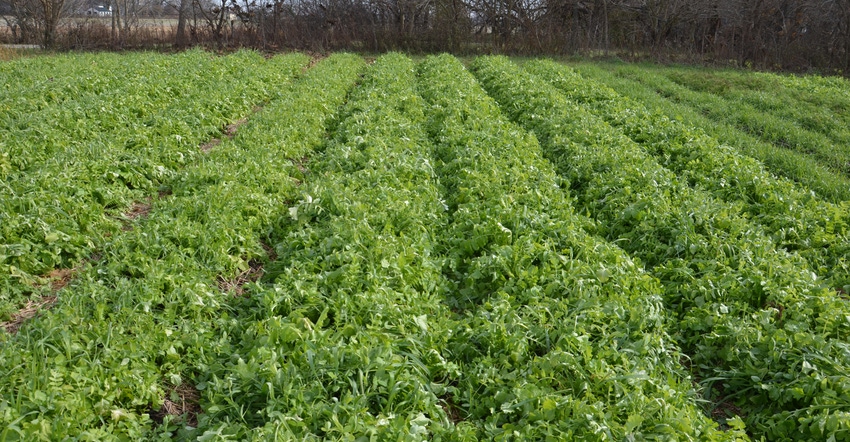
To say 2017 was a bad year for herbicide damage to susceptible crops is an understatement. Dave Scott, pesticide administrator for the Office of the Indiana State Chemist, says the number of official dicamba complaints alone exceeded the number of total complaints in any single year going back to at least 2003. The number of nondicamba complaints by themselves also exceeded the highest number of total complaints alone. Put the two together, and it was an exceptionally tough year for drift and injury. Dicamba complaints made up about half of total drift complaints.
About 20% of dicamba-related complaint investigations are finished. “It’s a long process because we must have lab work, and then determine if there were violations,” Scott says. “With lab work nearly completed, we expect to be wrapping up remaining cases fairly soon.”
Results from investigations of the 25 dicamba complaint cases that have been completed will be reviewed during the required dicamba training sessions. Consult the OISC website to determine training locations and times. Results from more cases will be added as they become available, Scott says.
“We want growers to learn from the mistakes which applicators made this year so that they won’t make the same mistakes next year,” he says.
Common violations
There were violations of the label in every one of the 25 cases closed so far, Scott says, ranging from minor offenses to more serious mistakes. “Forgetting to check the herbicide label website or the Driftwatch website for sensitive crops before making applications were common violations,” Scott says.
The labels for the three dicamba herbicides for Xtend soybeans all require checking the website for possible label updates. This requirement was included when EPA decided to use the web for labels. What some may have missed is that each label also requires visiting the Driftwatch website to see where sensitive crops are located.
Other violations included applying when the wind was blowing toward sensitive crops, failing to observe the proper buffer distances from nontarget sites, spraying when it was too windy and spraying when the wind wasn’t blowing enough. Some cases involved multiple label violations.
“Far and away, the sensitive crop most often damaged were soybeans not tolerant to dicamba,” Scott says.
Violations and penalties
If the only violation was failure to check one or both websites, it’s possible the applicator might get a warning for this first offense, Scott says. More serious violations could result in a civil penalty up to $100 for private applicators and $250 for commercial applicators. Licenses won’t be suspended for first offenses.
“We’re hoping growers and applicators will learn from this first time around,” Scott says. “It’s a difficult label to follow. That’s why we’re providing the required training for the three new dicamba herbicides, and pointing out what needs to be done to comply with the label.”
Repeat violators in 2018 may not get off so easy, Scott warns. “We realize that the civil penalties aren’t very big economic incentives to do the right thing next time,” he says. “If someone blatantly continues to ignore label requirements, we could suspend licenses.”
About the Author(s)
You May Also Like




